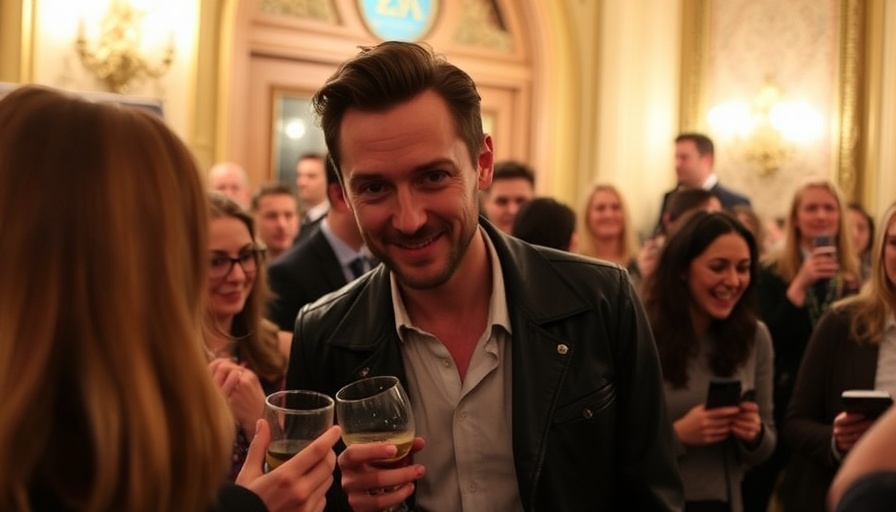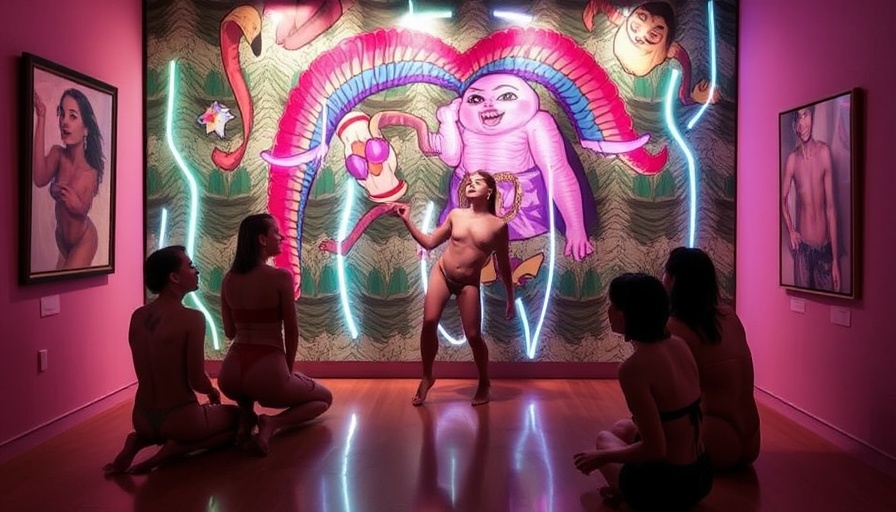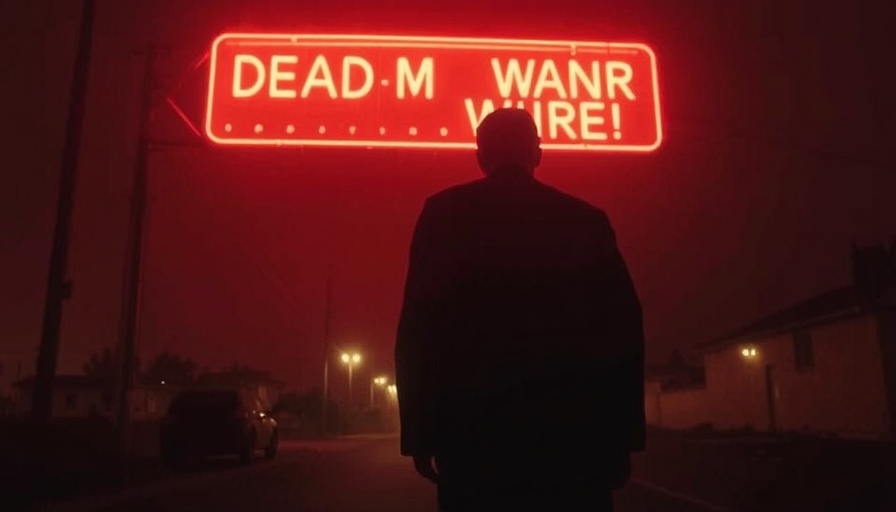
The Thrill of the Stage Door: A Night to Remember
On a chilly evening in London's bustling West End, excitement crackles in the air as fans gather at the Theatre Royal Drury Lane, eager to catch a glimpse of their hero, Tom Hiddleston. The atmosphere is electric as international fans, ticketholders, and casual passersby converge to witness an event that transcends the mere act of watching a play. It's about connection, admiration, and the thrill of witnessing an icon just feet away. Yet, while such enthusiasm can be heartwarming, at what point does it tip into obsession?
Fans and Their Heroes: The Allure of Autographs
The stage door serves as a symbolic boundary between fame and the everyday, and for many fans, just the chance to see their idol like Tom Hiddleston is enough to justify traveling from afar. Lina, a 19-year-old from Germany, meticulously plans her encounter, echoing the sentiments of countless fans lining up for hours. Autographs, selfies, and a brief chat become coveted treasures.
The allure of the stage door is palpable when fans like Lilly, who gave up watching the second half of a show to wait, ignore lines or procedures for a chance to connect. This vibrant display of admiration is reminiscent of historical celebrity worship, where the fan experience morphs into a ritual of sorts—strikingly different from the factors at play backstage.
The Flip Side: Boundaries and Expectations
However, the glitzy world of stardom carries risks. The reactions of performers at stage doors reveal a complex landscape of emotions that fans may overlook. Actors like Layton Williams highlight the joy of interacting personally with passionate audiences but also acknowledge the unwelcomed comments they sometimes receive. “People can say rude things,” Williams reflects, indicating the challenging balance performers must maintain.
For others like Zoe Birkett performing in “Tina,” navigating the line between personal connection and professional boundaries becomes a constant juggling act. The rise of social media, with its deep dives into performers’ lives, adds layers of complexity that few actors signed up for when they started their careers.
The Social Media Factor: TikTok Frenzy
Today, the interaction doesn't end at the stage door. Social media platforms like TikTok amplify the fan experience into an almost voyeuristic showcase. Performers find themselves not just battling enthusiastic admirers but also navigating rampant social media content creators who turn intimate moments into viral videos. This intersection of fandom and social media cultivates a culture where boundaries often blur—and where every misstep can be broadcast to millions.
Alongside the joys come potential pitfalls. As discussed, the sense of duty fans feel to connect with performers can morph into intrusive behaviors. That single photograph or interaction may be a moment to remember for a fan, but it could be a taxing interaction for the performer. Understanding this delicate dynamic is crucial for maintaining healthy fan-performer relationships.
Historical Context: The Evolution of Fan Culture
The tradition of waiting at stage doors goes back decades, but in an era where consumerism and celebrity culture intertwine, it warrants examination. Historical references to terms like “stage-door Johnny” indicate a long-standing fascination with performers, with narratives often revealing a darker side of obsession and entitlement.
The shift toward acknowledging performers as people with their own lives outside the stage brings an evolving landscape that needs further dialogue. The vitality of their craft fuels the joy of their followers, but how fandom respects personal boundaries remains at the crux of a more profound cultural discourse.
What’s Next: Shaping Fandemonium Responsibly
The conversations surrounding stage-door etiquette prompt a hopeful vision of cooperation between fans, performers, and venues themselves. With many theatres reevaluating their approaches, discussions about implementing barriers or safety protocols could dramatically alter the interaction landscape, ensuring that everyone feels secure and appreciated.
Equally important are the measures taken by performers themselves, who advocate for the need for respect and understanding from audiences. As the theatre landscape continues to evolve in popularity and prominence, these dialogues become essential for creating a positive environment for both parties involved. By fostering a respectful culture at stage doors, everyone can celebrate the magic of theatre responsibly.
Ultimately, for digital nomads and culture enthusiasts alike, understanding the intricacies of this phenomenon enriches our experience with art and performance. Theatre—and the stage door—represents a communal space where admiration and vulnerability interplay. As we navigate these cultural intersections, it is essential to hold dear the humanity of those we cheer for on stage.
 Add Row
Add Row  Add
Add 




Write A Comment